Home>Technology>Security & Surveillance>How To Change Door Lock
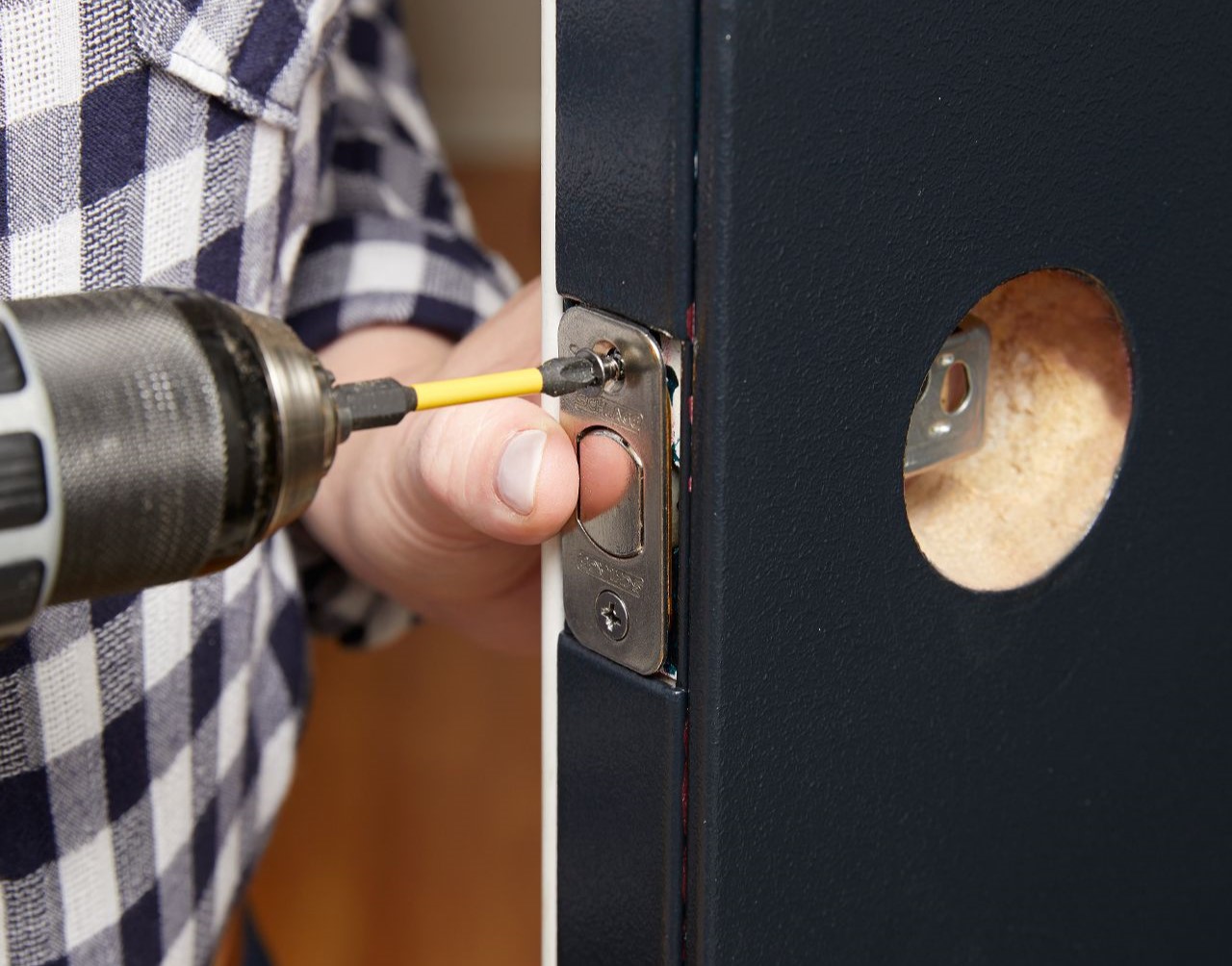

Security & Surveillance
How To Change Door Lock
Modified: February 29, 2024
Learn how to change your door lock for improved security and surveillance. Follow our step-by-step guide to upgrade your home's safety.
(Many of the links in this article redirect to a specific reviewed product. Your purchase of these products through affiliate links helps to generate commission for Storables.com, at no extra cost. Learn more)
Introduction
Changing a door lock is an essential skill that can provide you with added security and peace of mind. Whether you've recently moved into a new home or you simply want to upgrade your current locks, knowing how to change a door lock is a valuable ability. By taking the time to understand the process and follow the necessary steps, you can ensure that your property remains secure and protected.
In this comprehensive guide, we'll walk you through the steps required to change a door lock effectively. From removing the old lock to installing a new one, we'll cover everything you need to know to complete this task with confidence. By the end of this article, you'll feel empowered to tackle this project and enhance the security of your home or business.
So, gather your tools and let's get started on this rewarding journey to upgrade your door lock!
Key Takeaways:
- Changing a door lock is like giving your home a superhero cape – it adds security and peace of mind. With the right tools and steps, you can become a security hero for your home!
- By following the steps to remove the old lock, install the new one, and test its functionality, you’re not just upgrading a lock – you’re creating a safer space for yourself and your loved ones.
Read more: How To Change A Door Lock
Tools and Materials Needed
Before embarking on the process of changing a door lock, it’s essential to ensure that you have the necessary tools and materials at your disposal. Here’s a list of items you’ll need to successfully complete the task:
- Screwdriver (Phillips or flat-head, depending on the type of screws)
- New door lockset
- Tape measure
- Pencil
- Hammer
- Chisel
- Masking tape
- Old rag or cloth
It’s important to select a high-quality door lockset that meets your specific security needs. Consider factors such as durability, resistance to tampering, and any additional features that may enhance the overall security of your property.
Once you’ve gathered all the necessary tools and materials, you’ll be well-prepared to proceed with the process of changing your door lock. Remember to work carefully and methodically, paying attention to the details at each stage of the installation.
Step 1: Remove the Old Lock
Before you can install a new door lock, you’ll need to remove the existing one. Follow these steps to safely and effectively remove the old lock:
- Gather Your Tools: Ensure that you have the necessary tools, including a screwdriver and a hammer, at hand before you begin. This will help streamline the removal process and prevent any unnecessary delays.
- Prepare the Work Area: Lay down a rag or cloth to protect the door’s surface from scratches or damage during the removal process. This simple precaution can help maintain the aesthetic appeal of your door.
- Unscrew the Door Knobs: Use a screwdriver to remove the screws securing the doorknobs on both sides of the door. Once the screws are removed, gently pull the knobs away from the door to reveal the latch mechanism.
- Remove the Latch Assembly: Locate the screws holding the latch assembly in place on the edge of the door. Use a screwdriver to loosen and remove these screws, allowing you to take out the entire latch assembly from the door.
- Detach the Strike Plate: On the door frame, you’ll find the strike plate attached with screws. Use a screwdriver to remove these screws and detach the strike plate from the frame.
- Inspect the Door: With the old lock fully removed, take a moment to inspect the door and frame for any signs of wear or damage. This is an opportune time to address any issues before installing the new lock.
By carefully following these steps, you can successfully remove the old door lock and prepare the door for the installation of a new, secure lockset. With the old lock out of the way, you’re now ready to move on to the next step in the process: installing the new lock.
When changing a door lock, make sure to measure the existing lock’s dimensions to ensure the new lock will fit. Also, consider the type of lock you need (e.g. deadbolt, knob) and ensure it meets your security needs.
Step 2: Install the New Lock
With the old lock removed, it’s time to install a new, reliable lock that will enhance the security of your door. Follow these steps to effectively install the new lock:
- Prepare the New Lockset: Unpack the new lockset and familiarize yourself with its components. Ensure that all the necessary parts, including the lock mechanism, strike plate, and screws, are readily available for installation.
- Measure and Mark: Use a tape measure and a pencil to mark the precise positions for the new lock and strike plate on the door and frame, respectively. Accurate measurements are crucial for ensuring proper alignment and functionality.
- Install the Latch Assembly: Position the latch assembly in the edge bore of the door, ensuring that the faceplate sits flush against the door’s edge. Secure the latch assembly in place using the provided screws, and test the operation of the latch to confirm smooth functionality.
- Mount the New Doorknobs: Attach the new doorknobs to both sides of the door, ensuring that the spindle and latch mechanism align correctly with the knobs. Secure the knobs in place with the provided screws, and double-check that they operate smoothly without any resistance.
- Attach the Strike Plate: Position the new strike plate on the door frame, aligning it with the latch assembly. Secure the strike plate in place using the provided screws, ensuring a snug and secure fit against the door frame.
- Test the Lock: With the new lock fully installed, test its functionality by operating the doorknobs and engaging the locking mechanism. Verify that the latch retracts smoothly and that the door can be securely locked and unlocked without any issues.
By meticulously following these steps, you can successfully install a new door lock that meets your security requirements and provides reliable protection for your property. With the new lock in place, you’re now ready to proceed to the final step: testing the functionality of the newly installed lock.
Step 3: Test the New Lock
After installing the new lock, it’s crucial to thoroughly test its functionality to ensure that it operates smoothly and provides the desired level of security. Follow these steps to effectively test the new lock:
- Operate the Doorknobs: Test the doorknobs on both sides of the door to confirm that they turn smoothly and engage the latch without any resistance. Ensure that the knobs operate seamlessly, allowing for easy and reliable access to the secured area.
- Check the Latch Alignment: Close the door and observe the alignment of the latch with the strike plate on the door frame. Verify that the latch smoothly enters the strike plate’s opening and securely holds the door in place when fully closed.
- Engage the Locking Mechanism: Test the locking mechanism by turning the key or engaging the lock from the inside. Confirm that the lock securely immobilizes the latch, preventing the door from being opened without proper authorization.
- Verify Smooth Operation: Open and close the door multiple times while testing the lock to ensure consistent and reliable operation. Pay attention to any signs of sticking, misalignment, or unusual sounds that may indicate potential issues with the lock’s functionality.
- Test Additional Features: If the new lockset includes any supplementary features, such as a deadbolt or electronic keypad, thoroughly test these components to ensure they operate as intended and provide the expected level of security.
By diligently testing the new lock and its various components, you can confirm that it meets your security expectations and operates flawlessly. This final step ensures that your newly installed lock provides the peace of mind and protection you seek for your home or business.
With the new lock successfully installed and tested, you can now rest assured that your property is equipped with a reliable and secure door lock, enhancing the overall safety and security of your surroundings.
Read more: How To Change A Garage Door Lock
Conclusion
Changing a door lock is a proactive step towards fortifying the security of your home or business. By following the detailed steps outlined in this guide, you’ve gained the knowledge and confidence to effectively change a door lock and enhance the protection of your property.
From removing the old lock to installing a new one and thoroughly testing its functionality, each stage of the process plays a crucial role in ensuring that your door is equipped with a reliable and secure lockset. By carefully selecting a high-quality lock and meticulously following the installation steps, you’ve taken a proactive approach to safeguarding your premises against unauthorized access and potential security threats.
As you reflect on the successful completion of this task, take pride in the fact that you’ve empowered yourself with a valuable skill that contributes to the safety and security of your living or working environment. Your proactive approach to upgrading your door lock demonstrates a commitment to creating a secure and protected space for yourself and those around you.
Remember, the security of your property is an ongoing responsibility. Regularly inspect and maintain your door locks to ensure they remain in optimal condition and continue to provide reliable protection. By staying proactive and attentive to your security needs, you contribute to a safe and secure living or working environment for yourself and your loved ones.
Congratulations on successfully changing your door lock and taking a proactive step towards enhancing the security of your property. Your commitment to security is a testament to your dedication to creating a safe and protected space for yourself and those you care about.
Frequently Asked Questions about How To Change Door Lock
Was this page helpful?
At Storables.com, we guarantee accurate and reliable information. Our content, validated by Expert Board Contributors, is crafted following stringent Editorial Policies. We're committed to providing you with well-researched, expert-backed insights for all your informational needs.
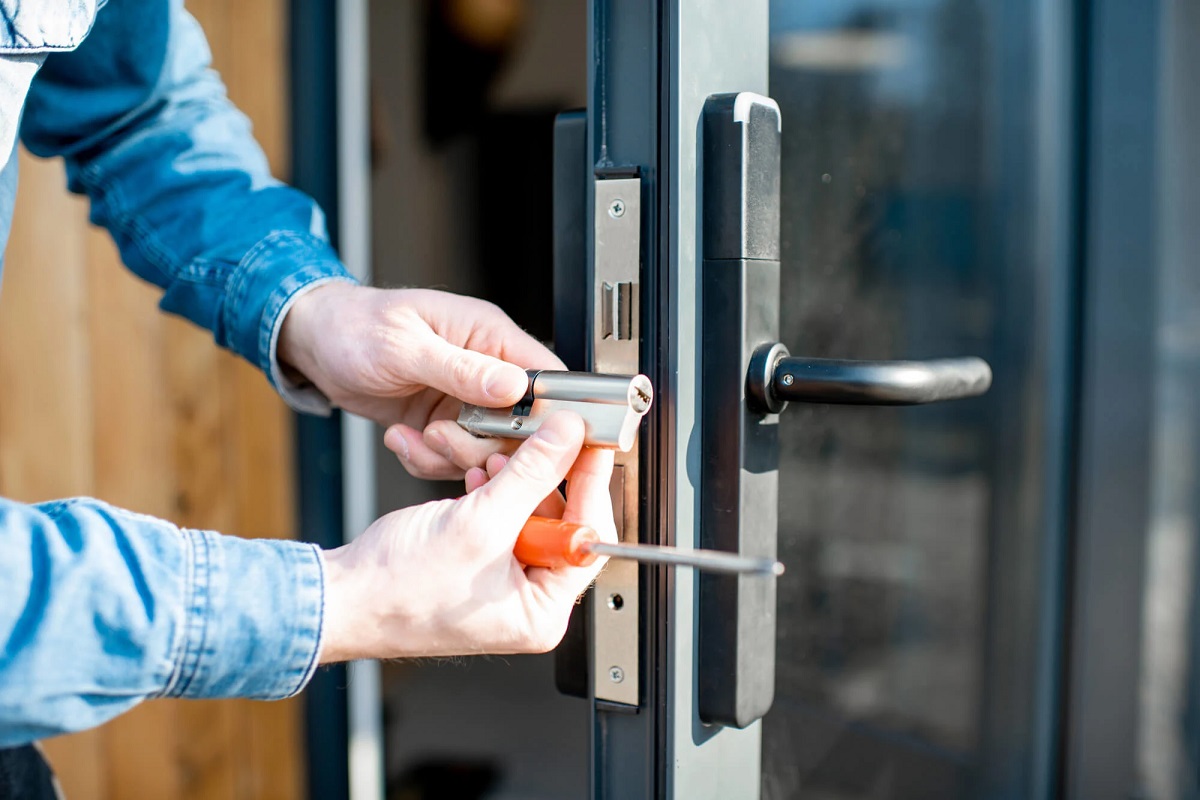
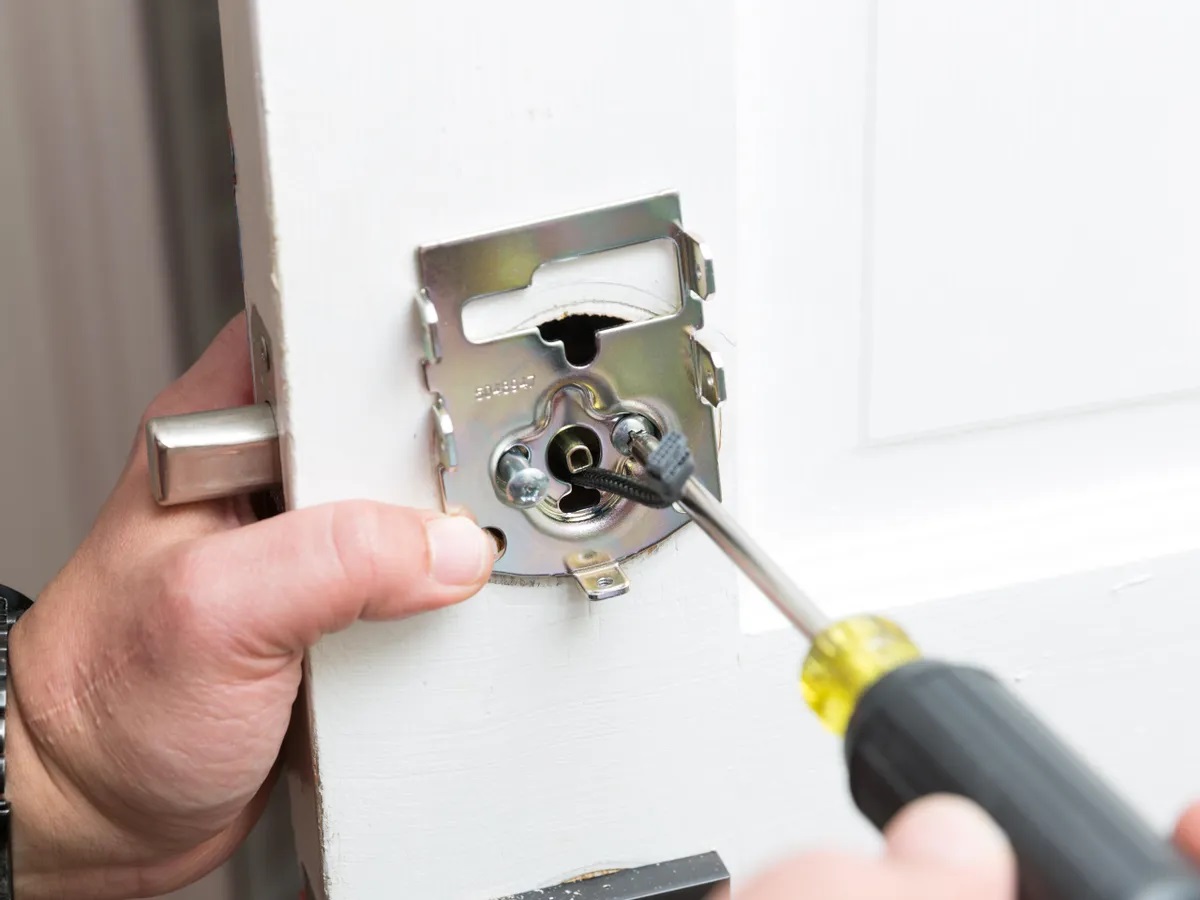
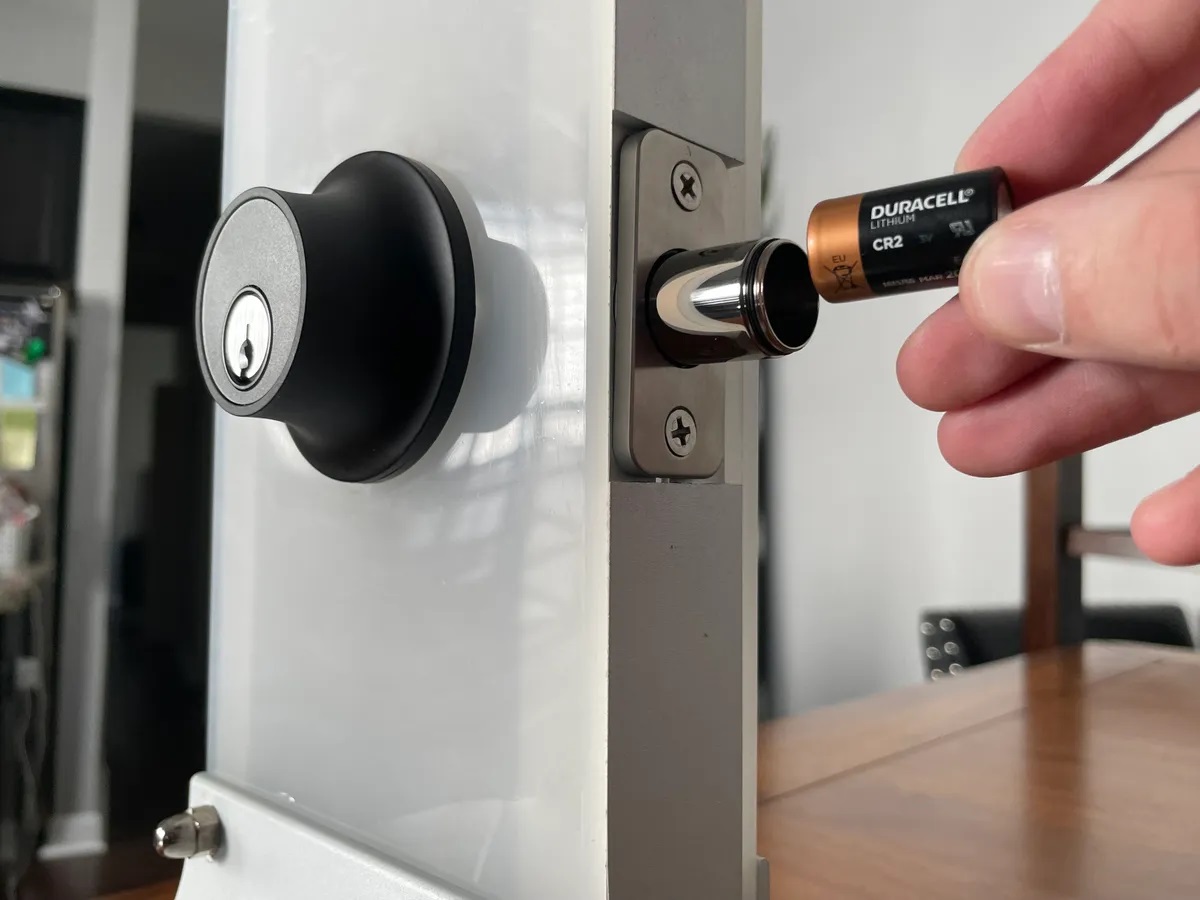
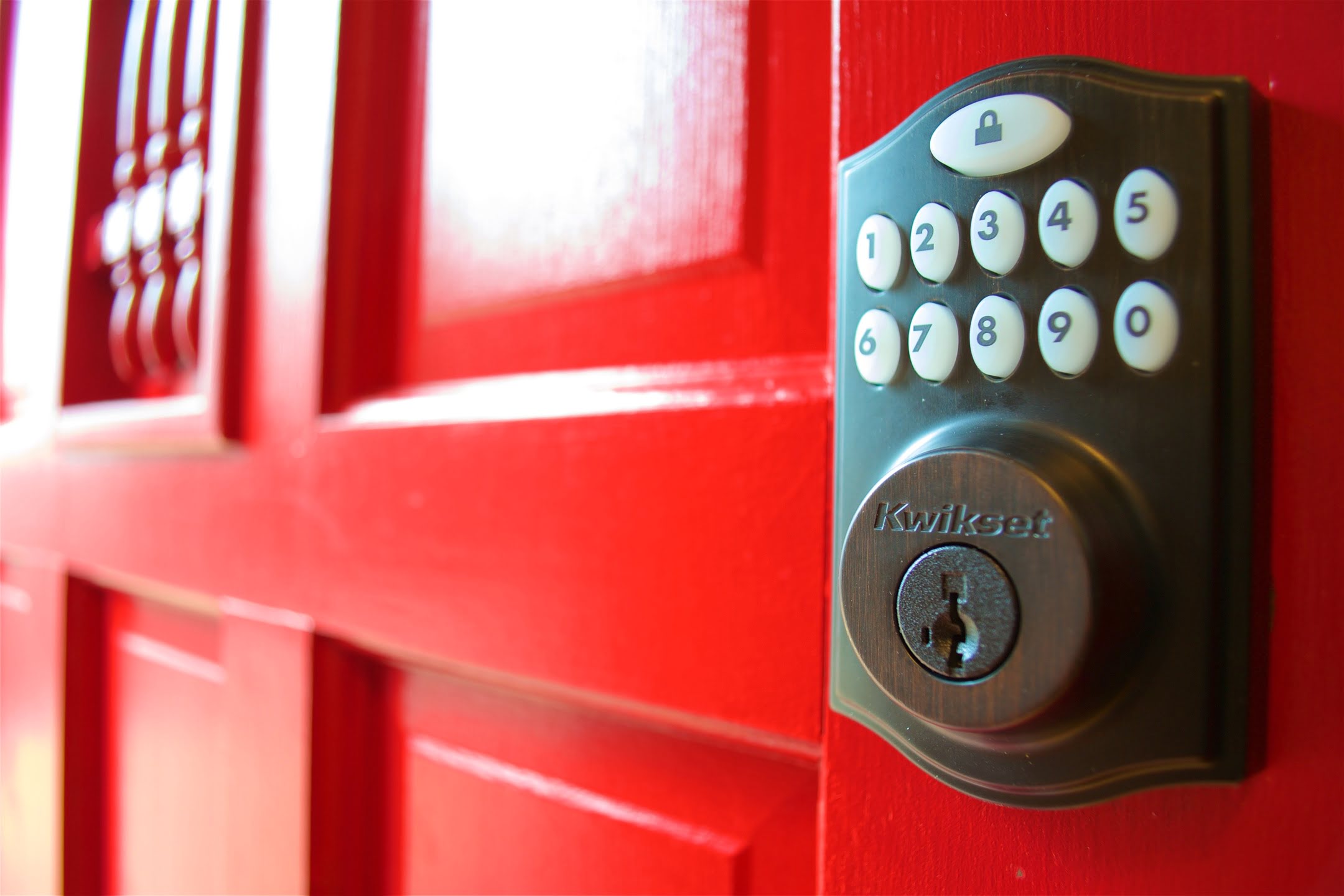
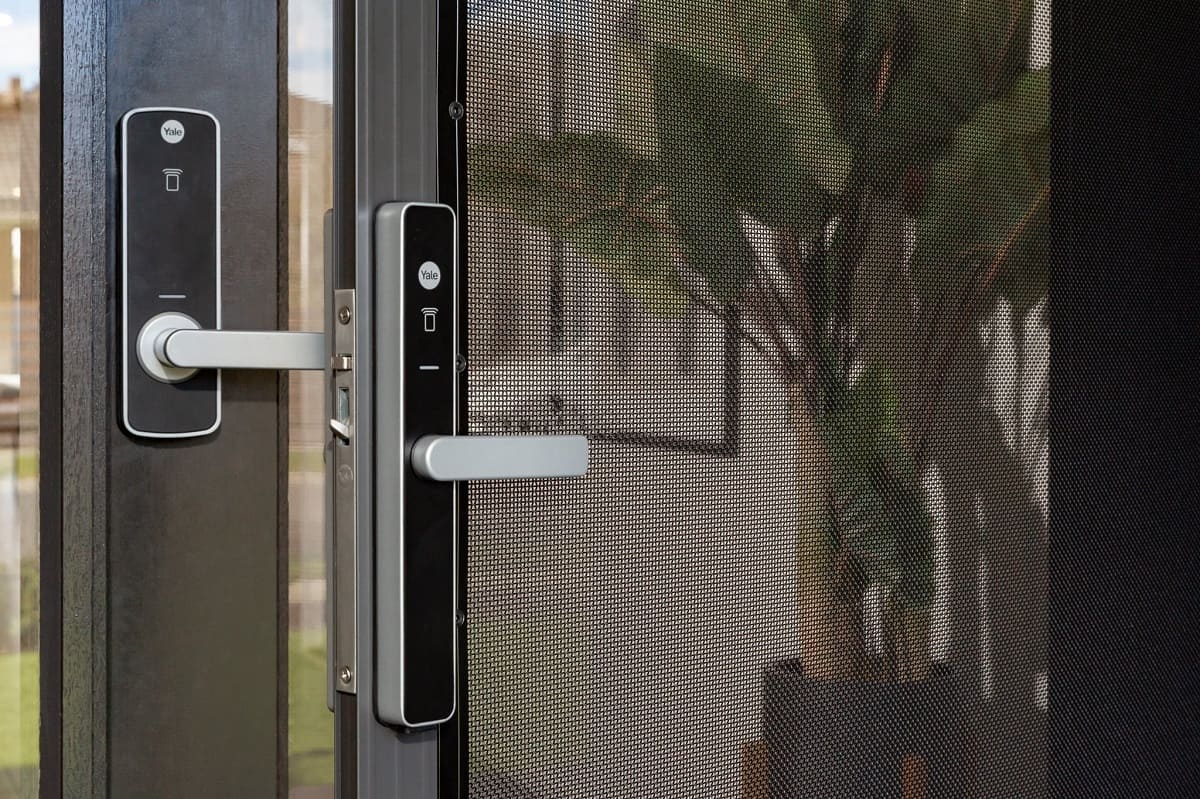
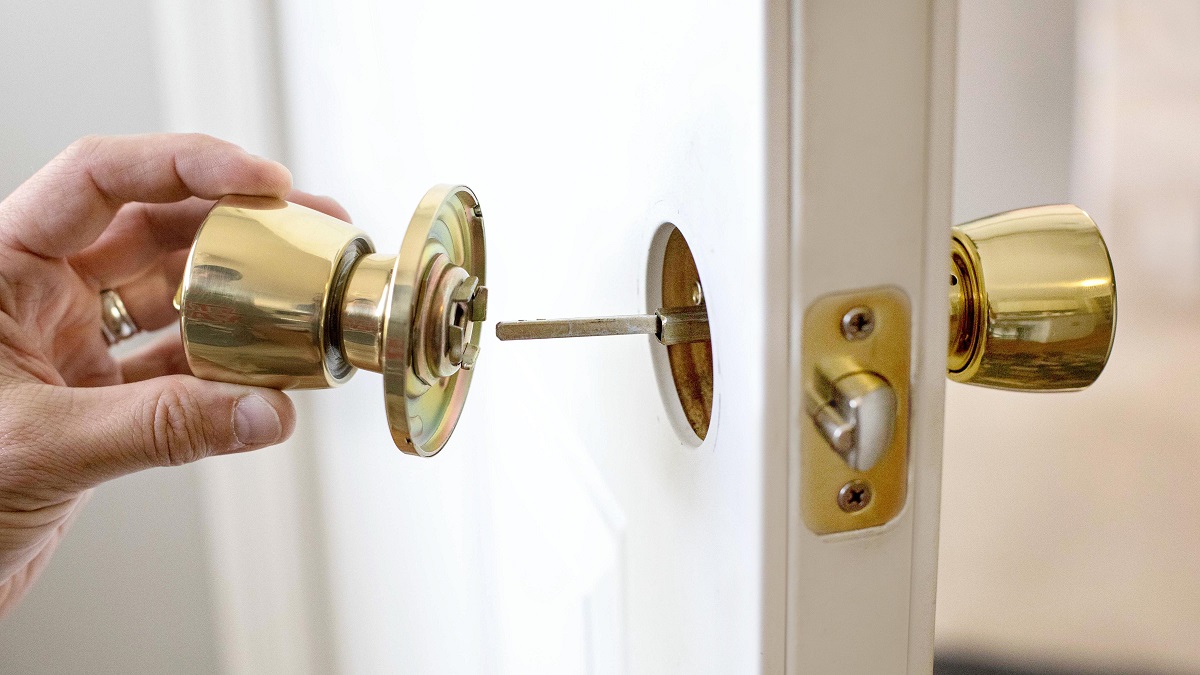
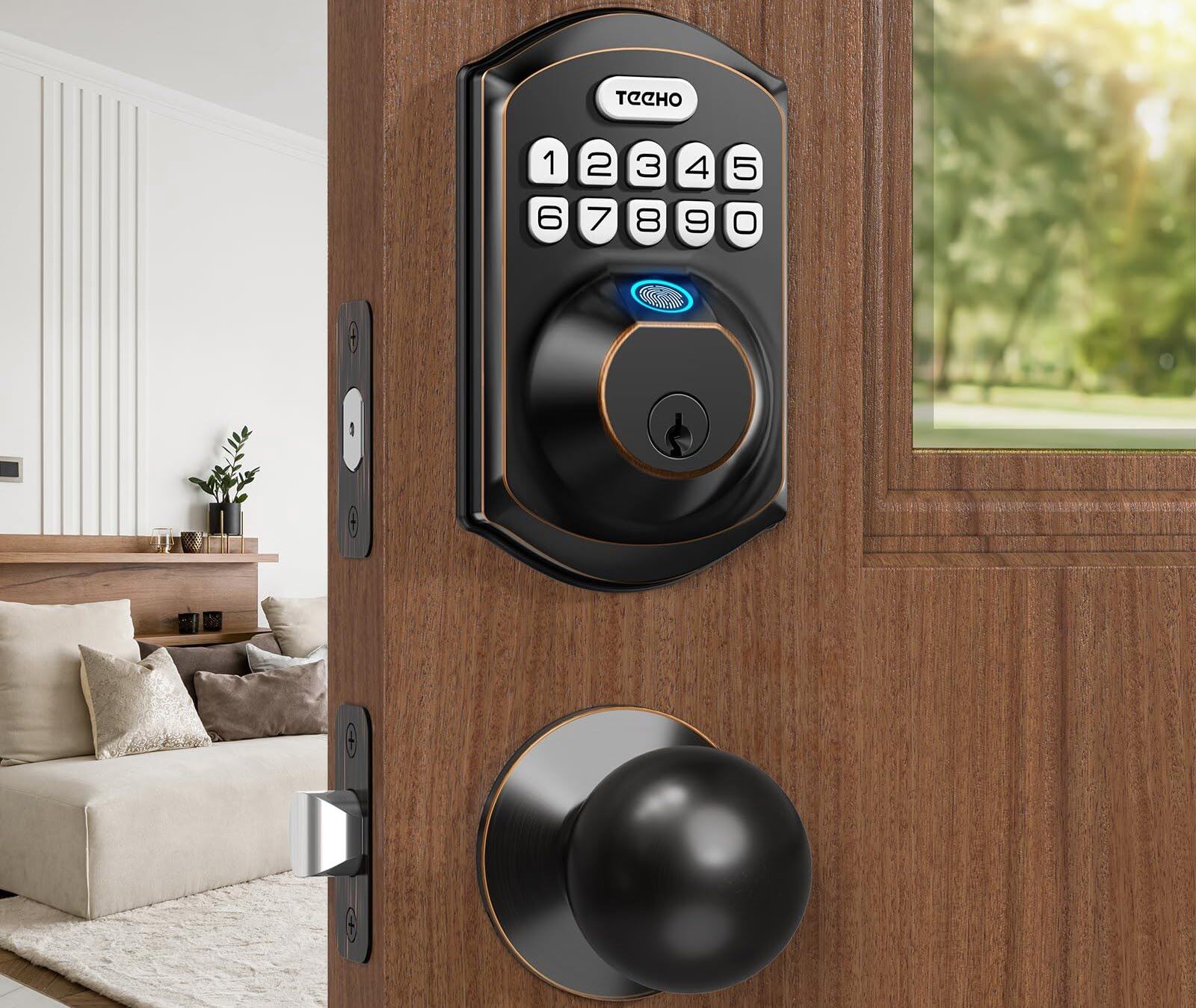
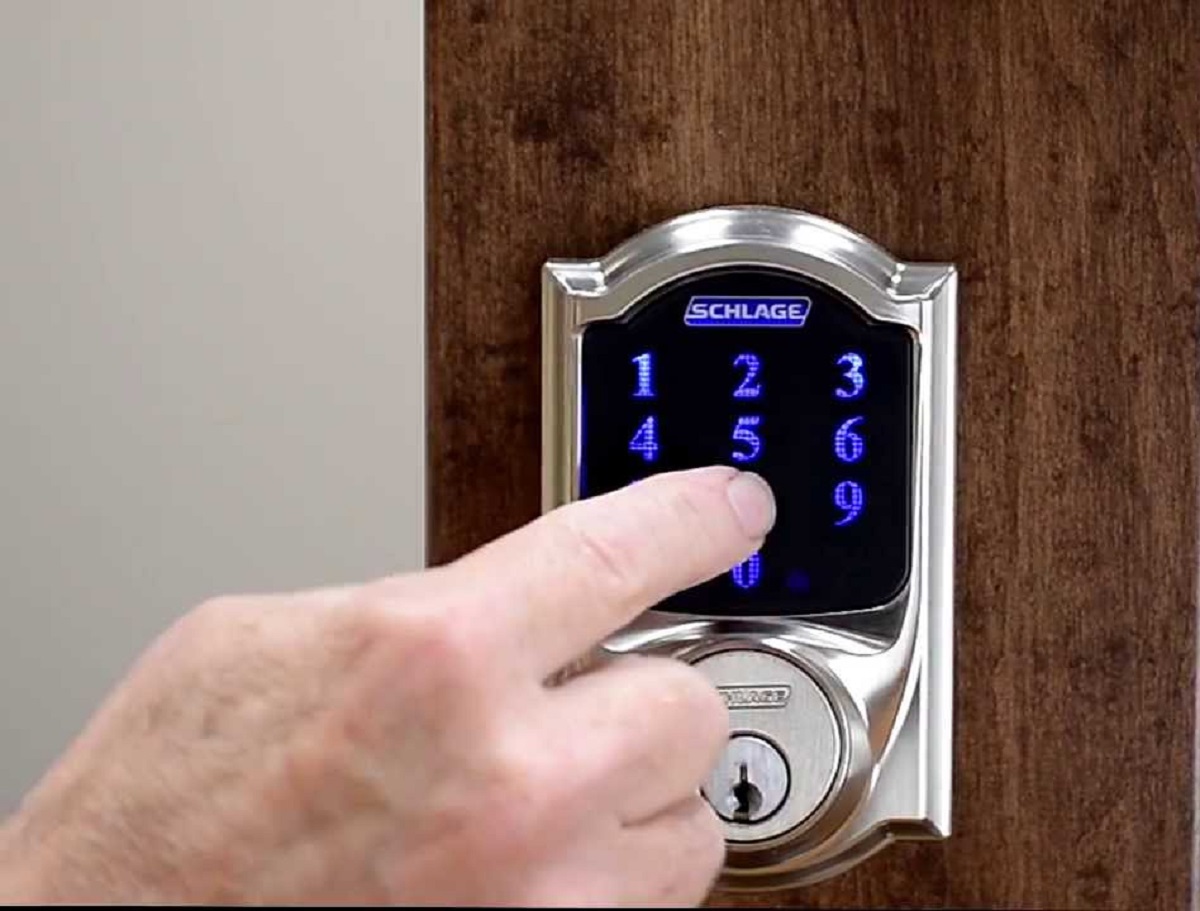
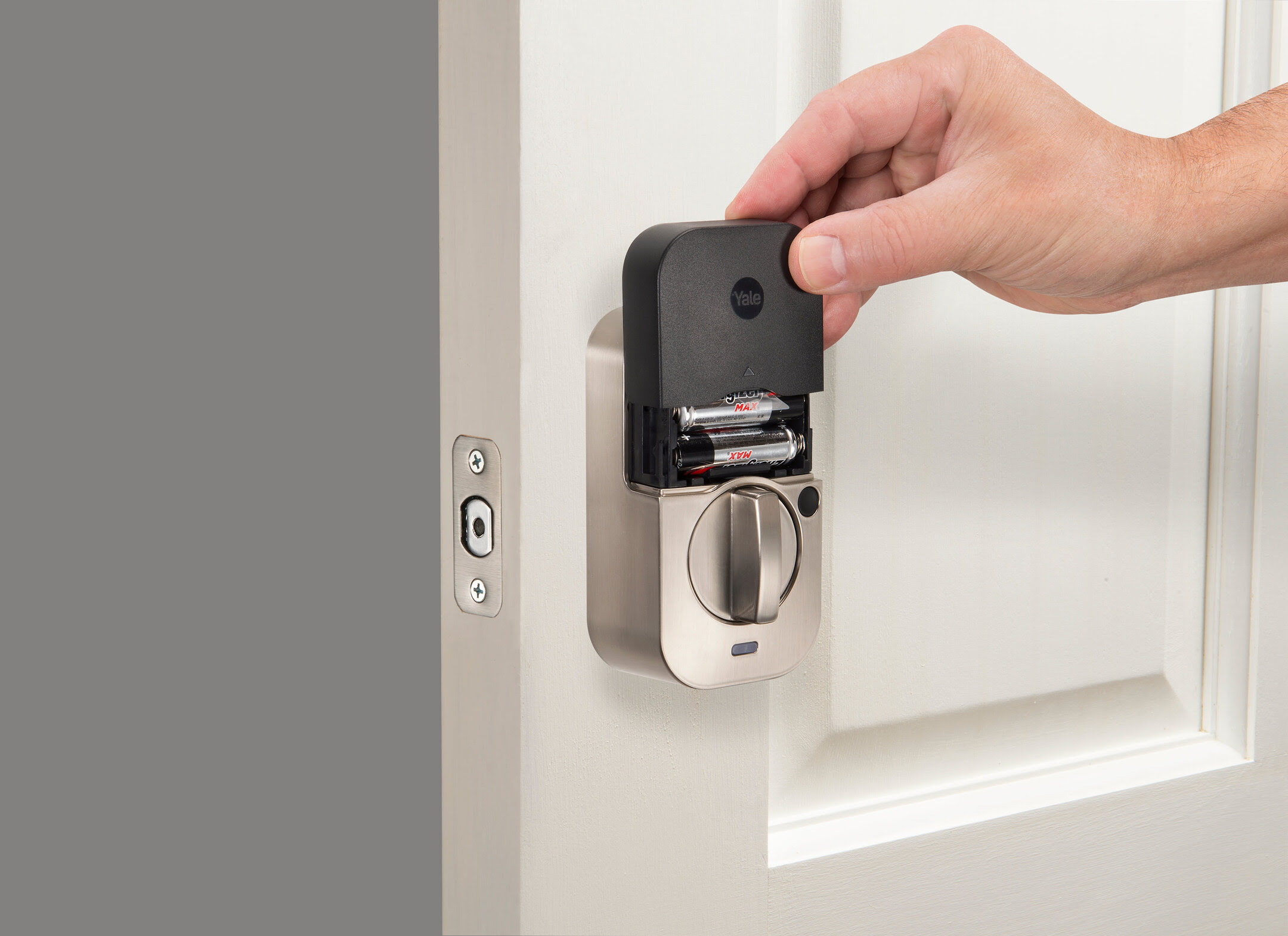
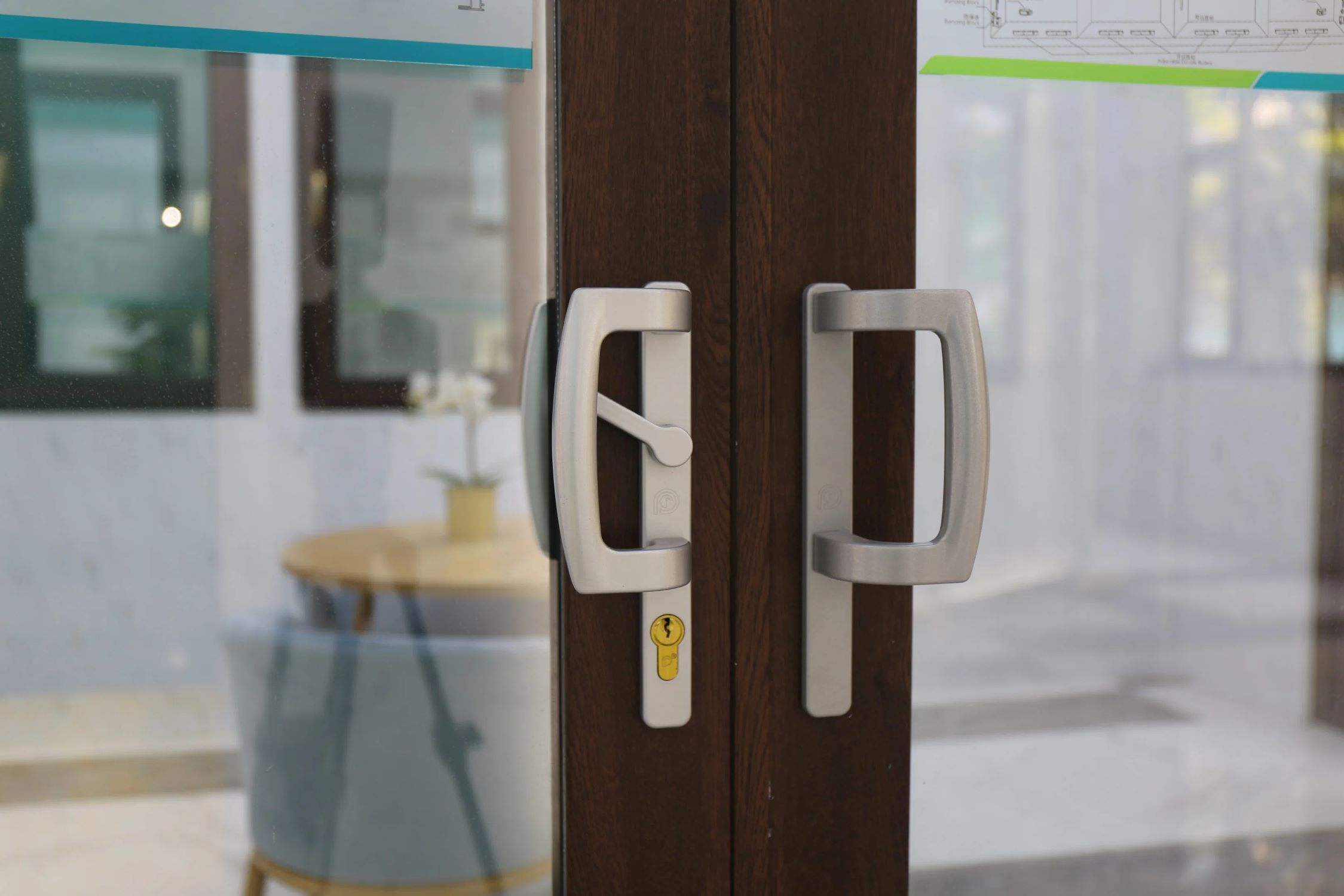
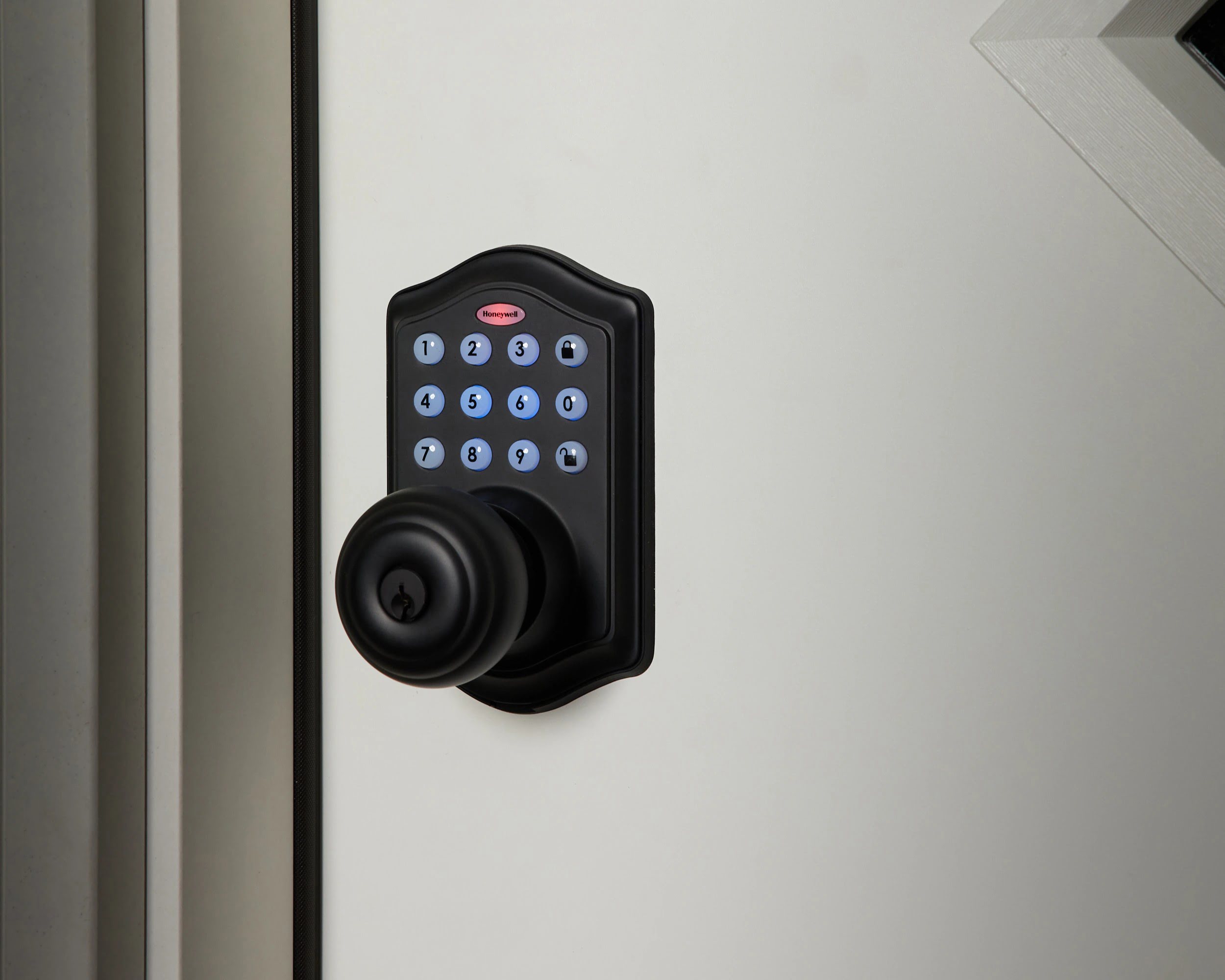
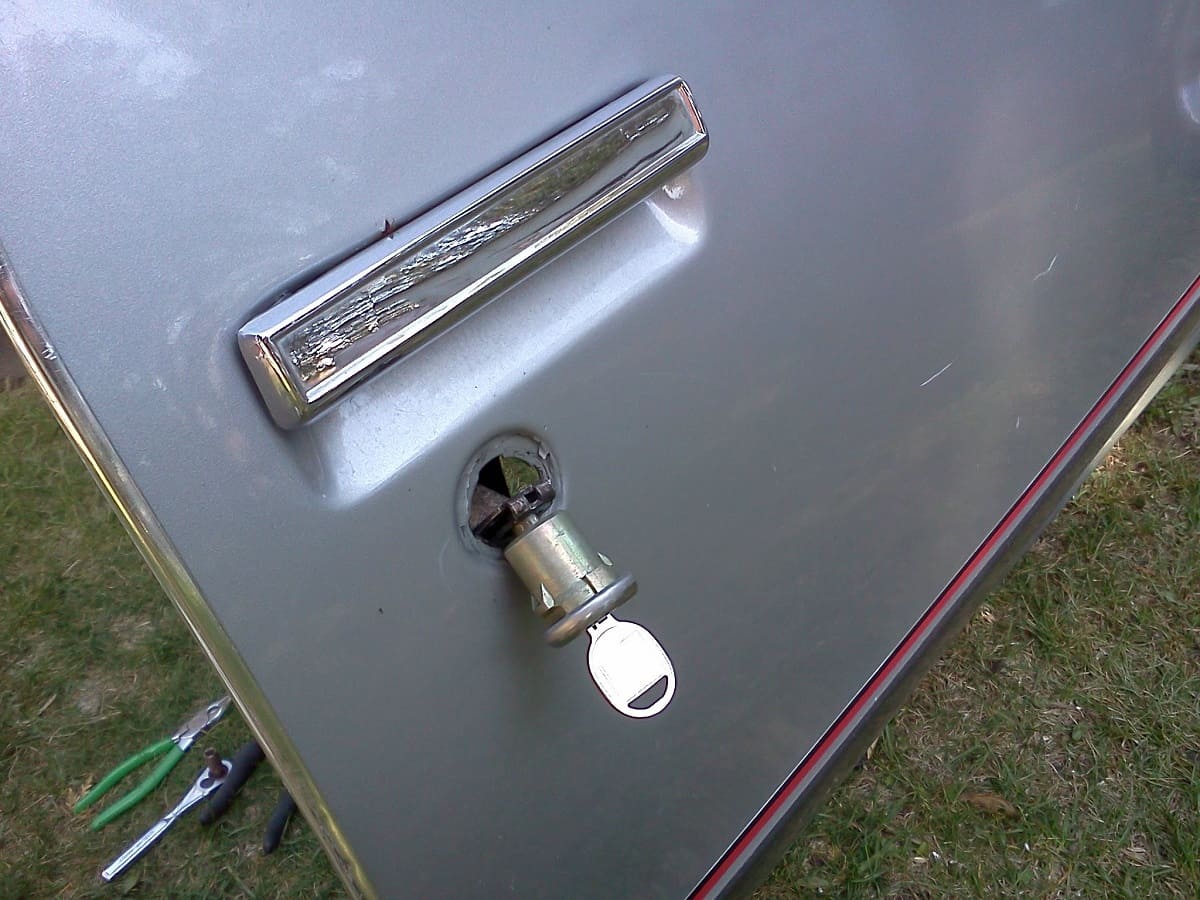
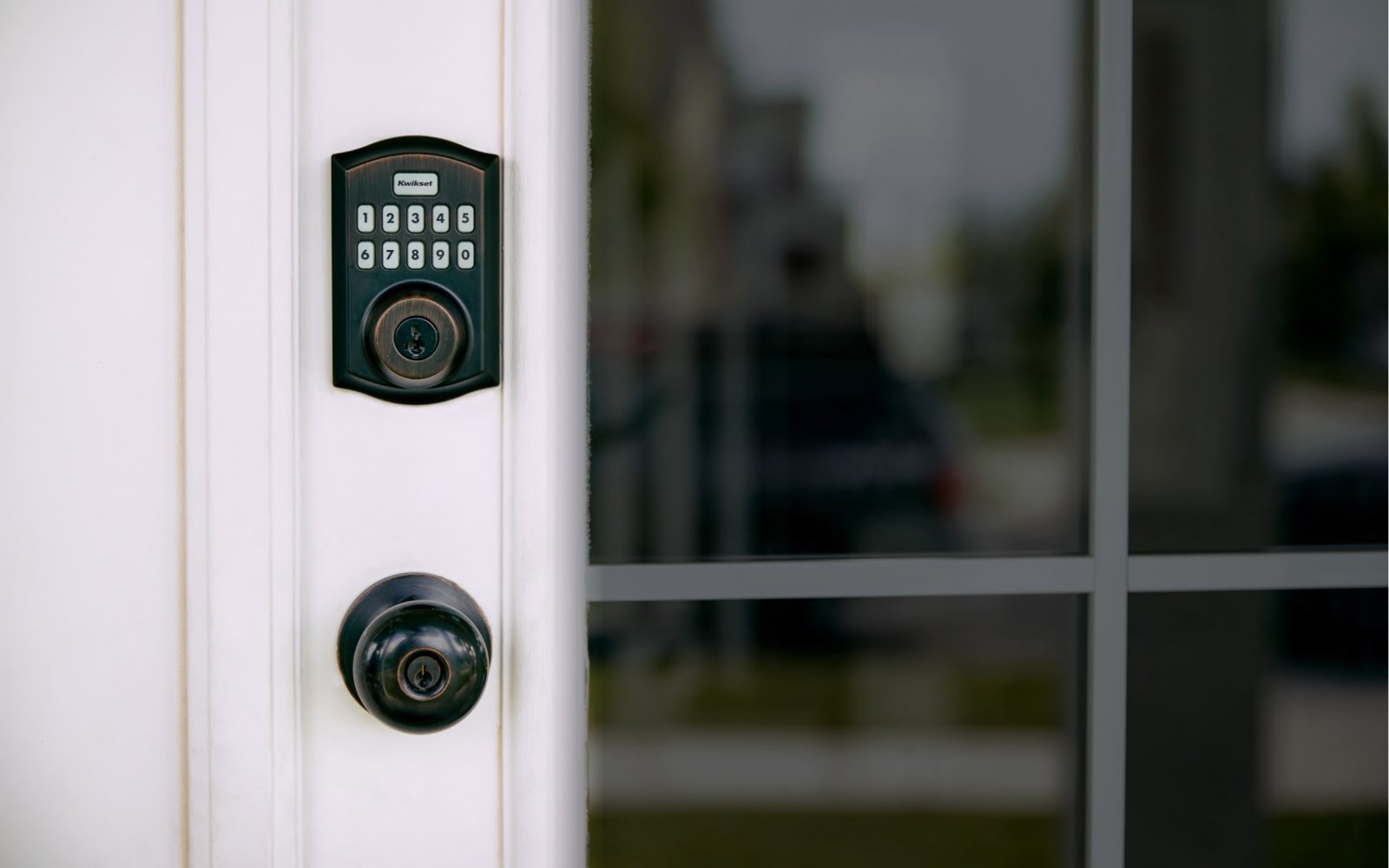
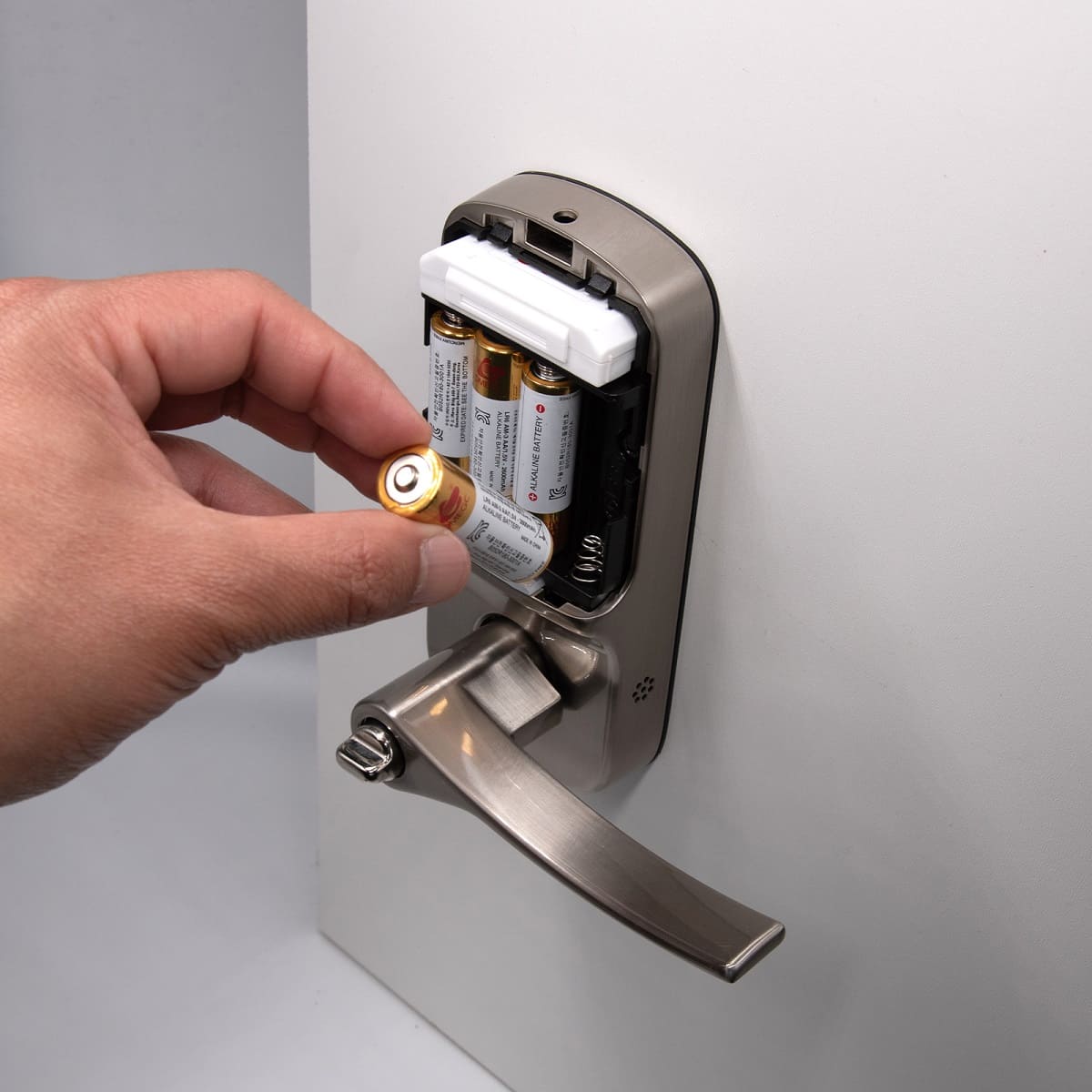

0 thoughts on “How To Change Door Lock”